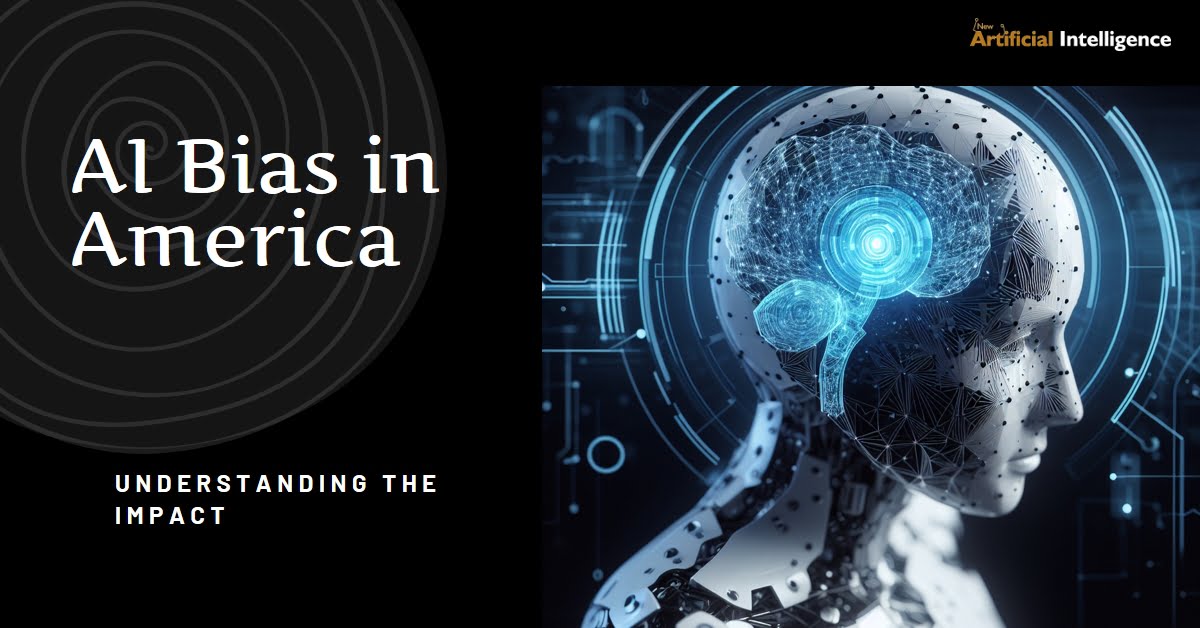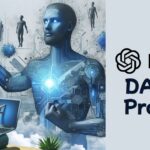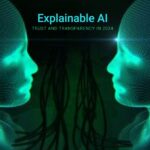AI Bias in America
Table of Contents
Imagine an international where algorithms rule, dictating your admission to credit, your chances of landing a task, and even the information you see. Imagine those algorithms harboring hidden biases, silently perpetuating inequalities and injustices that ripple through society’s material. This, my friends, is the unsettling truth of AI bias in America.
While AI guarantees a golden age of automation and personalized studies, its shadows preserve insidious secrets and techniques. In the pursuit of performance, algorithms skilled on incomplete or biased information can discriminate against individuals primarily based on race, gender, socioeconomic status, and more. These biases aren’t intentional acts of malice; however, as an alternative, they are the accidental consequences of incorrect records and uncritical development.
But how extreme is the hassle? Let’s delve into three stunning examples of AI bias in motion, showcasing its actual international effect on American lives:

Case Study #1: The Algorithmic Loan Shark
Imagine being denied a loan no longer because of your credit score but because of your zip code. This state of affairs, as soon as relegated to dystopian fiction, is gambling out in the international market for AI-powered lending algorithms. Studies have shown that these algorithms, skilled in ancient information reflecting redlining and systemic injustices, are much more likely to reject loan programs from minority borrowers living in specific neighborhoods. The result? Perpetuation of the wealth hole and further financial discrimination.

Case Study #2: The Beauty Bias Algorithm
We are informed that beauty is subjective and varies from person to person. But what if the beholder is a set of rules trained on a restrained dataset of Caucasian functions? This is the case with a few facial recognition software programs, which have been proven to have higher error rates while figuring out humans of shade, with doubtlessly alarming consequences in areas like surveillance and regulation enforcement. This bias highlights the dangers of homogenizing beauty standards and reinforces existing racial stereotypes.

Case Study #3: The Predictive Policing Paradox
Predictive policing algorithms, designed to pick out crime hotspots, are increasingly used by regulation enforcement companies. However, an examination via ProPublica discovered that these algorithms disproportionately flag black and Hispanic neighborhoods, leading to improved police presence and doubtlessly biased policing practices. This example illustrates how AI can exacerbate racial profiling and further erode acceptance as accurate within the justice system.
These are only some examples of the insidious ways AI bias can infiltrate our lives. But worry no longer; there are ways to fight this virtual discrimination:
Solution #1: Demanding Transparency and Accountability
The first step towards fixing AI bias is highlighting its lifestyles. We want developers to be evident about their records, units, and algorithms, subject them to rigorous audits for bias, and preserve them accountable for the results of their creations. Governments and regulatory bodies should additionally play a role in organizing moral recommendations and imposing AI equity rules.
Solution #2: Diversifying the AI Workforce
Monolithic teams developing AI are more likely to create biased algorithms reflecting their own studies and blind spots. We want to diversify the AI workforce, bringing in people from diverse backgrounds and views to ensure algorithms evolve with inclusivity.
Solution #3: Data Diversity and Quality Control
AI prospers on records; however, horrific records lead to appalling effects. We want to ensure that the statistics used to educate AI fashions are numerous, comprehensive, and free from historical biases. This calls for constant vigilance, statistical audits, and proactive efforts to identify and rectify biases within datasets.

Solution #4: Education and Awareness
Fighting AI bias isn’t just a technical undertaking but a societal one. We need to train the public about how AI works, the capacity for bias, and the outcomes it can have. This empowers people to keep developers and establishments accountable and demand fair and equitable AI packages.
The fight against AI bias is long and complex; however, it’s a battle we must win. By annoying transparency, diversifying the AI panorama, prioritizing great facts, and raising focus, we can ensure that AI’s destiny isn’t always one of discrimination and injustice but one of inclusivity and equality.
Let’s be hands-on and ensure that AI’s capacity benefits all, not just some. The future is in our code, and the time to behave is now.
FAQs:
So, AI bias sounds horrifying—will robots take over and discriminate in opposition to all and sundry?
Hold your dystopian horses! While biases can creep into AI, it is critical to recall that those algorithms are tools, no longer sentient supervillains. The actual duty lies with the people who lay out and teach them. We can steer AI toward inclusivity, not inequality, by emphasizing numerous statistics, ethical improvement practices, and constant vigilance.
But is not solving AI bias simply some technical aspect we regular folks need help recognizing?
Not! Fighting AI bias begins with focus. Understanding how algorithms work, spotting the capacity for bias, and disturbing transparency from developers are all adequate gear in your arsenal. It’s about asking the proper questions, keeping institutions accountable, and advocating for responsible AI improvement.
Okay, you’ve satisfied me. But can we, without a doubt, fight a difficulty ingrained in algorithms and statistics?
The answer is a powerful yes! Just like any societal injustice, combating AI bias calls for collective action. From policymakers enacting honest AI guidelines to people selecting ethically sourced products, every step counts. Remember, change is regularly sparked by humans united against a common risk. So, be knowledgeable, be vocal, and join the movement for a fairer future powered by AI.











